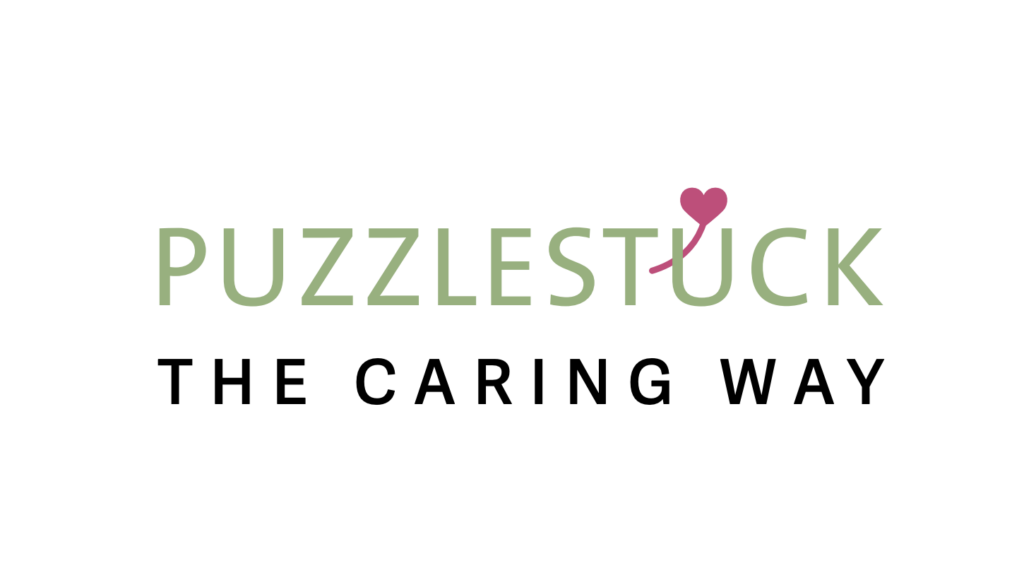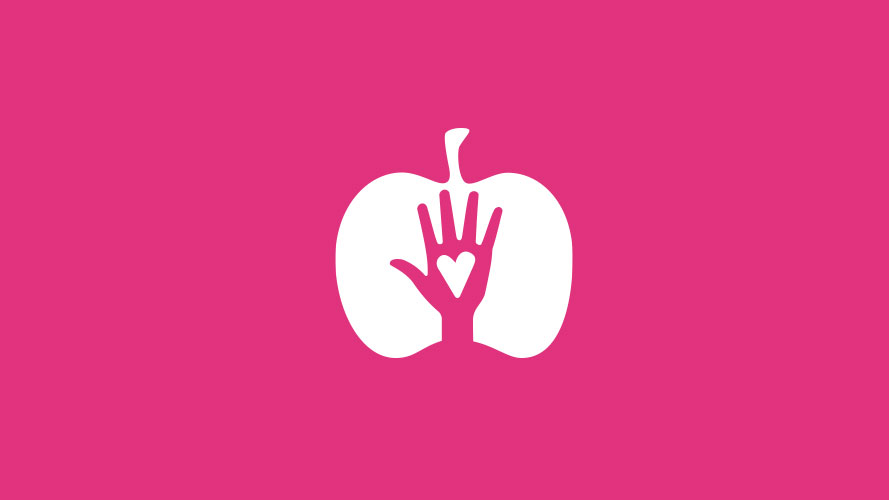Humans are inherently social creatures; some may say we are social animals. Does that mean we crave being around people all day long? Of course not. Our individual personalities and unique environments influence the amount of social contact we each want and need. But even the most introverted among us feel at ease when we’re connected and feel that reassuring sense of belonging—biologically, cognitively, physically, emotionally, and spiritually.
Let’s explore the different aspects of human connection to remind us of what connection is all about and why it’s so important.
Biological connection

Biological connection is a fundamental component of human connection. Something as simple as looking at our own family tree may give us a sense of connection, as it reminds us of who and where we are in the context of our family history. Children inherit pairs of genes from their biological parents, which means we are genetically connected and share certain inherited physical and psychological traits.
We are biologically connected to our ancestors on a deeper level that can elicit a unique sense of connectedness when considered. As far as we know, women are born with all of their eggs already contained within their ovaries. This means that a woman, when pregnant with a baby girl, is carrying not only her daughter but also the start of the next generation. This means we can trace our biological connections back not only to our ancestors whose genes we express but physically to the bellies of our grandmothers.
Biological connection also includes the way our brains are shaped and influenced by interactions with our social environment. According to Scientific American, “social pain and pleasure are wired into our operating system.” This can actually be observed through changes in the brain using brain imaging techniques.
Cognitive connection

Cognitive connection happens during human interaction and communication and involves a number of skills, such as memory and attention, logic and reasoning, as well as auditory and visual processing. When we are engaged in an exchange of thoughts and the sharing of ideas with another person, we feel connected.
A key condition of connection during a verbal interaction is the way we listen to the other person. To listen actively involves directly looking at the speaker, showing that you’re listening (open posture, facial expressions, nodding), asking questions, and paraphrasing what has been said. Sadly, active listening in the mobile phone age is no longer a given and many people will agree that speaking to someone who prefers to bury their nose in a phone is a real turn-off!
Physical connection

Physical connection involves the act or the desire to have physical contact with another human. This may be with a partner, a friend, your child, or even with someone you’ve just met. While physical touch from someone close releases feel-good hormones in the brain—like serotonin, dopamine, and oxytocin—a handshake or embrace from someone you’ve just met goes a long way toward feeling connected as well!
Furthermore, communicating empathy through touch has been found to have an analgesic (i.e. pain-reducing) effect. Physical connection is strongly linked with emotional connection, which we’ll touch on next.
Emotional and spiritual connection

Emotional connection is sharing a common unspoken language with someone and is often described as the “glue that holds your relationship together”. It involves implicitly trusting and understanding one another. When an infant is in distress, they (literally) cry for attention in hopes that their caregiver will recognize and respond to their needs. Love and trust—and their opposites—are all emotions that involve human connection—or a lack thereof.
Have you ever met someone for the first time and instantly felt like you already knew them? You were feeling spiritually connected, a state sometimes interpreted as having met your “soulmate” or “twin flame”. Often people may find it easier to discover spiritual connections with people who share deeply held values and beliefs, e.g., within spiritual or religious communities.
A large body of research demonstrates that people who are religious or spiritual have “better mental health and adapt more quickly to health problems” compared to those who are less religious or spiritual. Needless to say, being part of a community of like-minded individuals, religious or otherwise, offers valuable opportunities to form deep and lasting connections.
When there is a lack of human connection

A 2020 report led by a U.S. health insurer found that 61% of those surveyed experienced loneliness. Since 2018, there has been a nearly 13% rise in loneliness, when the survey was first conducted. Reasons given for feeling lonely included “not enough social support, too few meaningful social interactions, poor physical and mental health and not enough balance in our lives”. It should be noted that feeling lonely does not necessarily correlate with being alone.
Feeling lonely can be described as “perceived isolation”, as people can feel lonely even when they are not objectively in isolation. The prolonged pain of loneliness can be “as harmful to your health as smoking or obesity”, as it generates a fear response that can have a detrimental impact on immune response, the ability to regulate emotions, and on cognitive and social skills.
Furthermore, the sense of being lonely can produce a negative feedback loop, as people who feel lonely tend to act more cautiously, even with people who they had been sharing a connection with. In contrast, feeling socially connected to the people in one’s life is associated with decreased risk for all-cause mortality as well as a range of disease morbidities.
The 28-Day Connection Challenge
We need real, human connection now more than ever. But how do we manage to connect with others in an increasingly isolated and digital world? We invite you to join the World Council for Health on a 28-day connection journey as we aim to inspire people around the world to connect with the people in their lives, with themselves, and with their environments. To participate, join our discussion group on Telegram and look for the daily prompt beginning on February 1, 2022.






